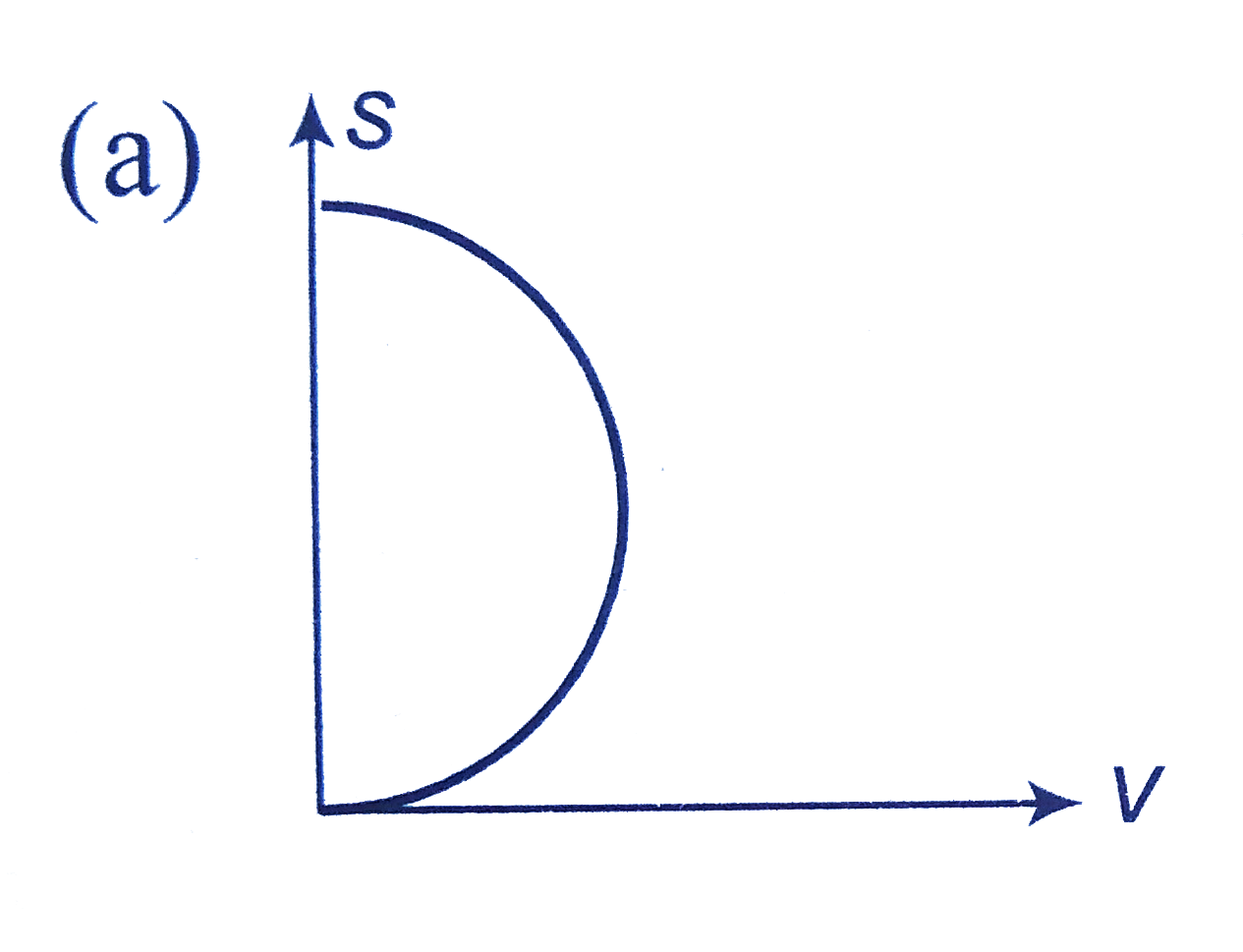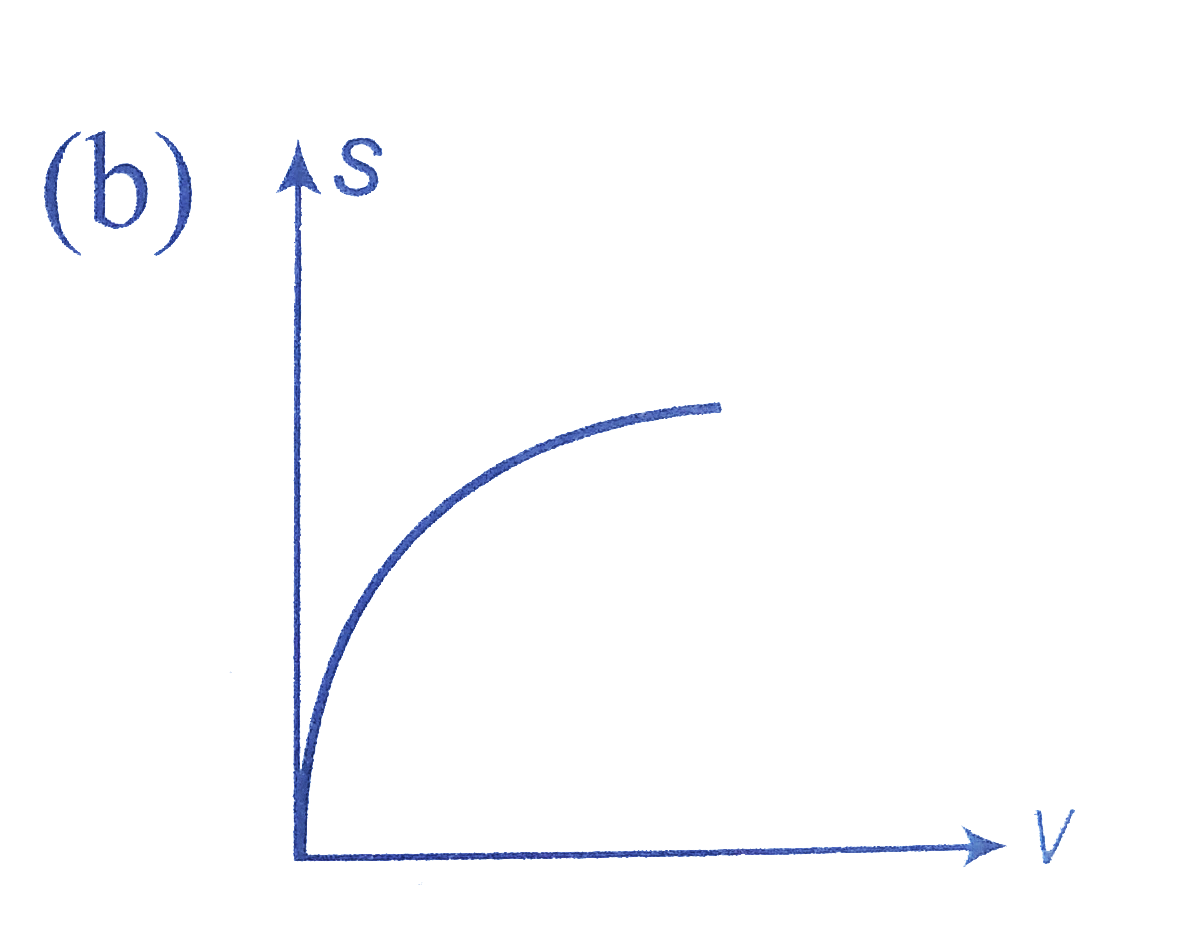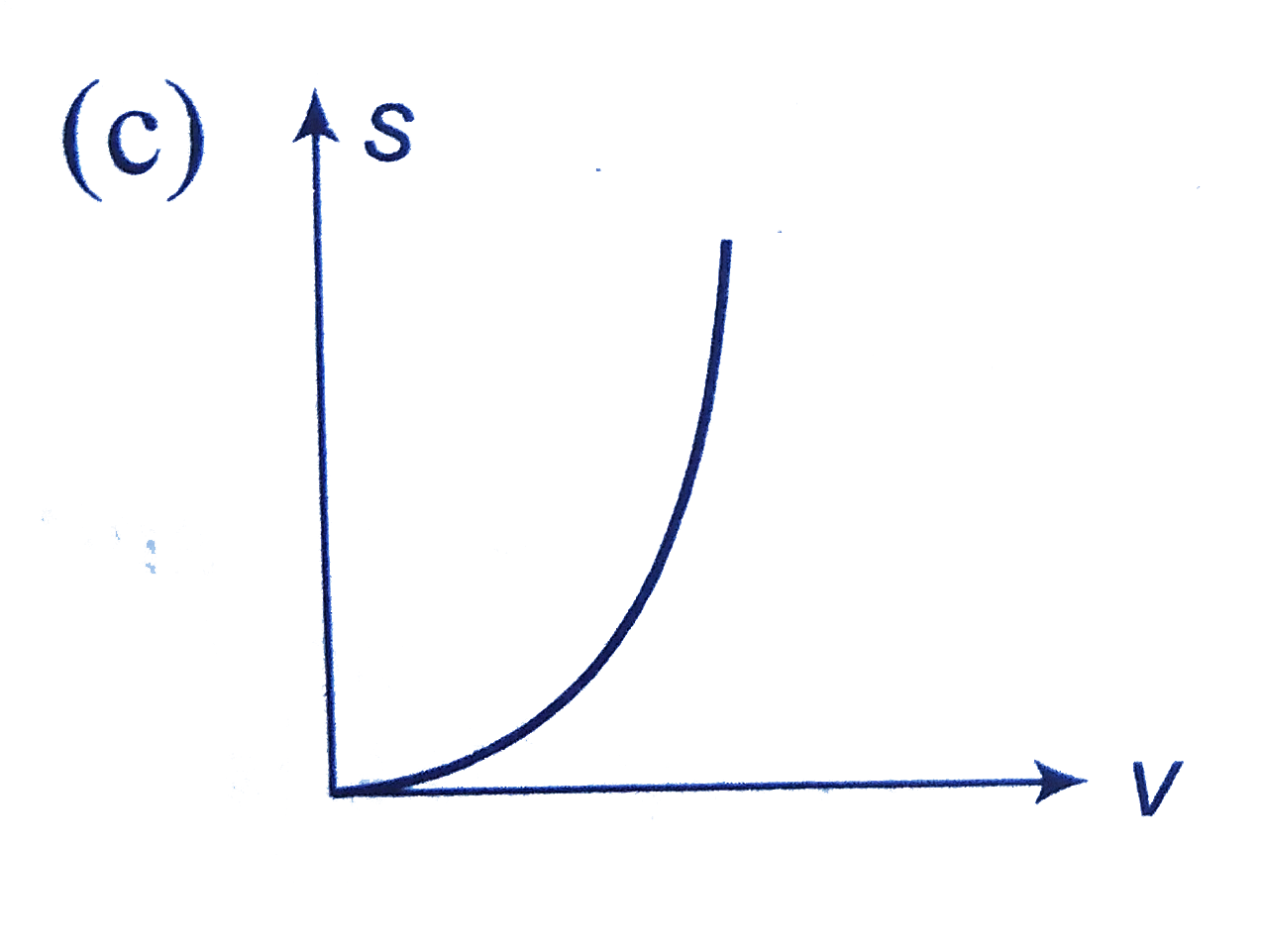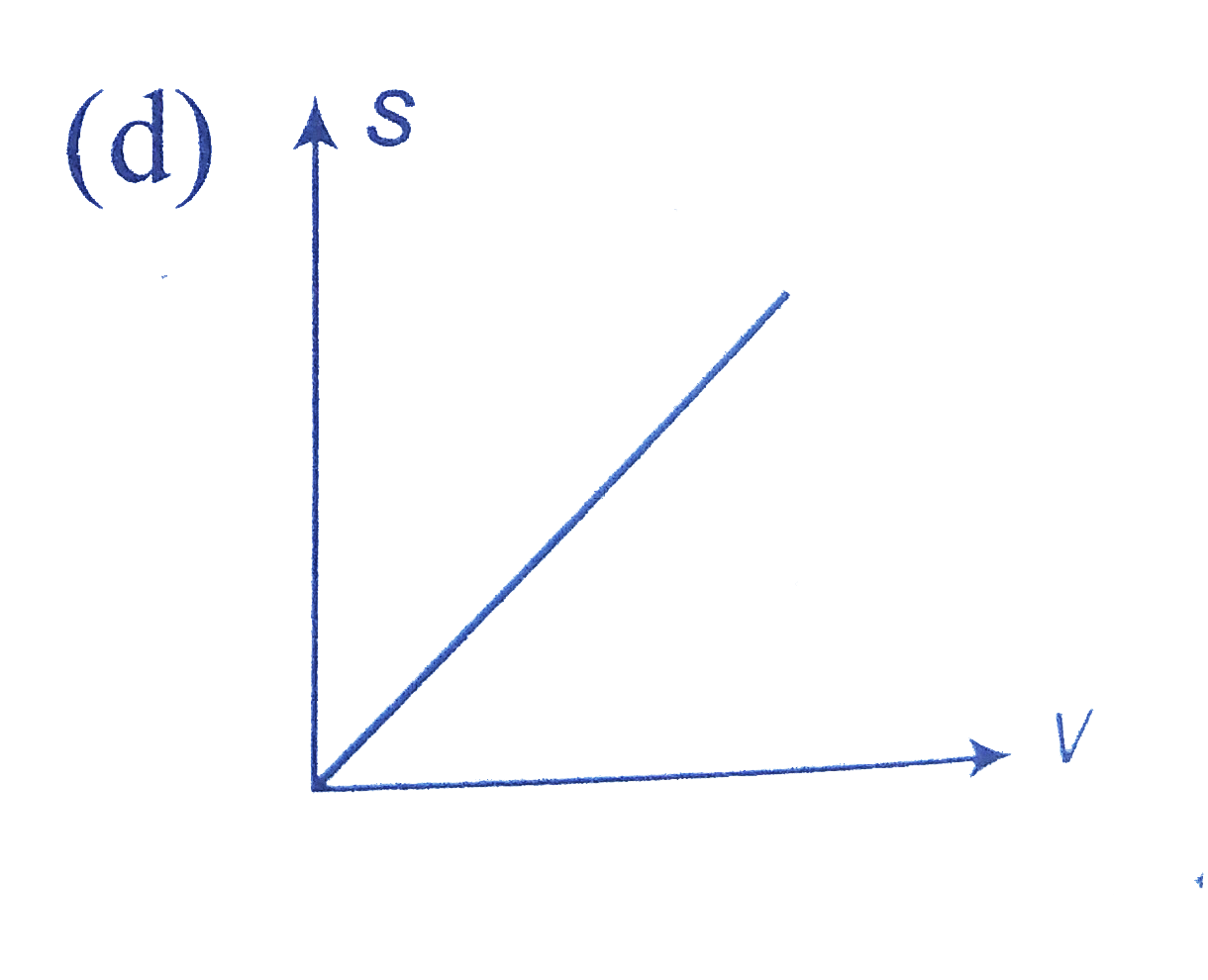An object moving with uniform acceleration has a velocity of 12.0cm/s in the positive x direction when its x corrdinate is 3.00cm. If its x coordinate 2.00s later is −5.00cm, what is its acceleration?
The correct Answer is:−16cm/s2
x=x0+ut+12at2⇒−5=3+12×2+12a×22
−5=27+2a⇒a=−16m/s2
Similar Questions
A particle moving with uniform acceleration passes the point x=2m with velocity 20m/s at the instant t=0. Some time later it is observed at the point x=32m moving with velocity 10m/s.
(a) What is its acceleration?
(b) Find its position nd velocity at the instant t=8s.
(c) What is the distance traveled during the interval t=0 to 8s?
View Solution.An object is moving with a uniform acceleration which is parallel to its instantaneous direction of motion.The displacement x - velocity (v) graph of this object is
View Solution
Knowledge Check
An object is moving with a uniform acceleration which is parallel to its instantaneous direction of motion. The dispalcement (s)-velocity (v) graph of this object is.
A .B
.B .C
.C D
D .
.When an object is moving with a uniform velocity, what is its acceleration?
ANon-uniformBNegativeCPositiveDzeroA body is moving with a uniform acceleration coverss 40m in the first 4 s and 120m in next 4s. Its initial velocity and acceleration are
A0,5m/s2B4m/s,5m/s2C4m/s,0D4m/s,5m/s2
An electron, starting from rest and moving with a constant acceleration, travels 2.00 cm in 5.00 ms. What is the magnitude of this acceleration ?
View SolutionFor a body moving with uniform acceleration along straight line, the variation of its velocity (v) with position (x) is best represented by
View SolutionAcceleration of a particle moving along the x-axis is defined by the law a=−4x, where a is in m/s2 and x is in meters. At the instant t=0, the particle passes the origin with a velocity of 2m/s moving in the positive x-direction.
(a) Find its velocity v as function of its position coordinates.
(b) find its position x as function of time t.
(c) Find the maximum distance it can go away from the origin.
View SolutionA point moving with uniform acceleration, describes 25 cm in the half second which elapses after the first second of its motion, and 198 cm. in the eleventh second of its motion. Then the acceleration and its initial velocity in cm/sec are
View SolutionA body executing linear simple harmonic motion has a velocity of 3 cm/s when its displacement is 4 cm and a velocity of 4 cm/s when its displacement is 3 cm. Then amplitude of oscillation with be
View Solution